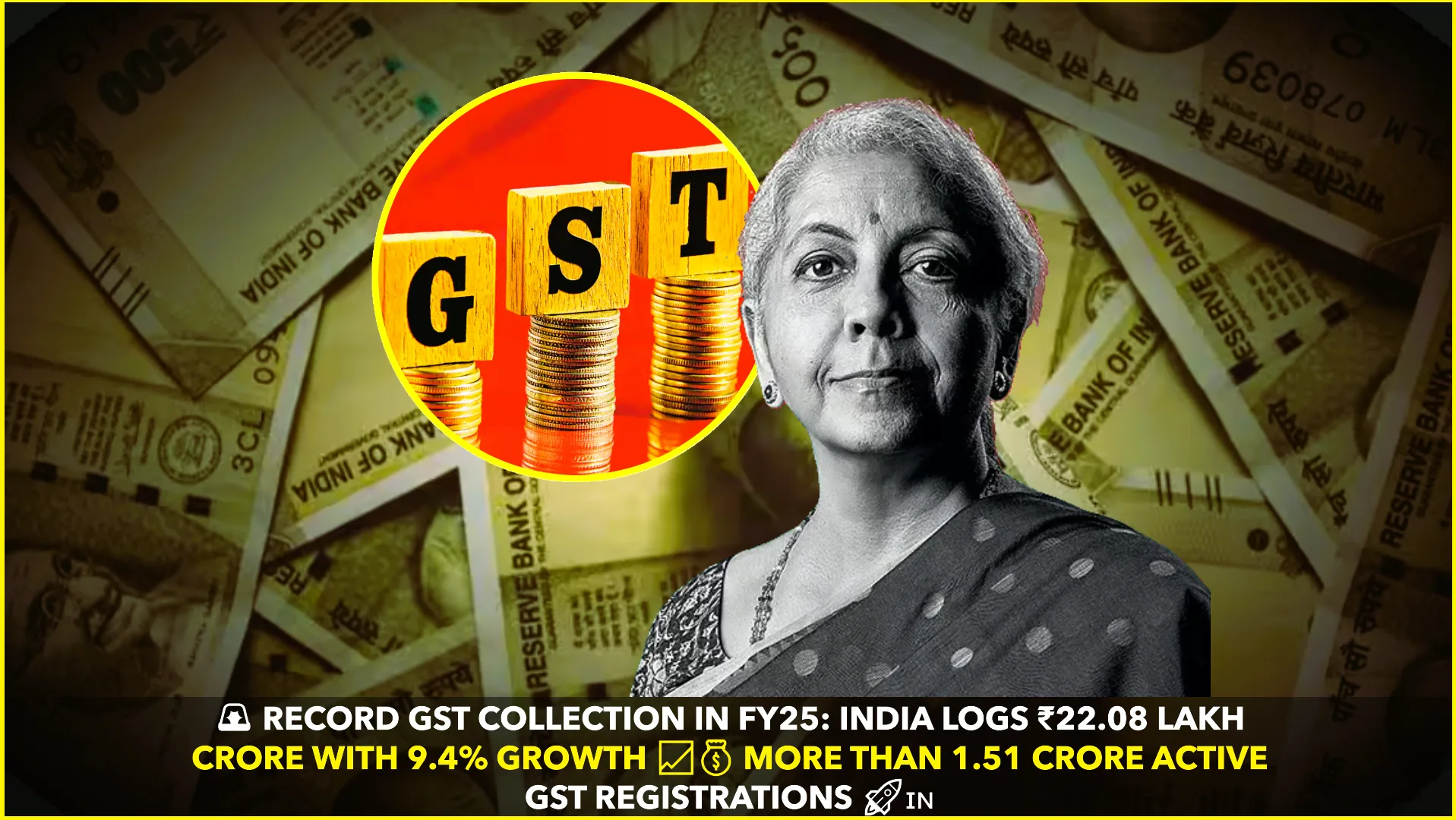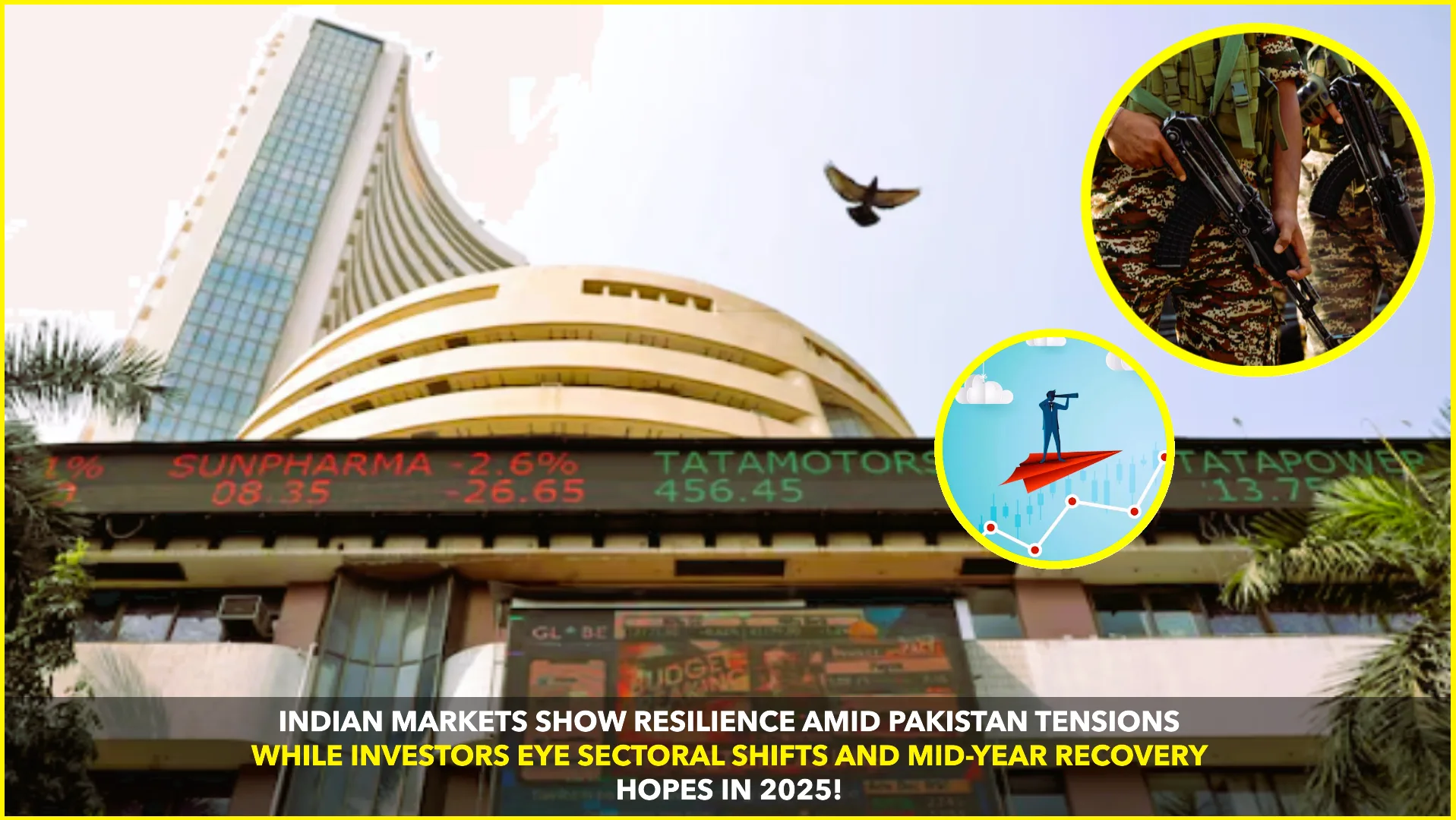Chief Economic Advisor (CEA) V Anantha Nageswaran has emphasized that India must generate at least eight million jobs annually and significantly enhance the share of manufacturing in its Gross Domestic Product (GDP) over the next decade to realize its aspiration of becoming a developed nation by 2047.
Speaking at a recent event, Nageswaran outlined a comprehensive roadmap for India’s economic transformation. He stressed that the Indian economy needs to grow at a sustained rate of 7-7.5% annually until 2030. Achieving this growth trajectory necessitates increasing the manufacturing sector’s contribution to the GDP from the current 16% to at least 25%. This shift would require a reallocation of resources from agriculture and low-value-added services to more productive manufacturing activities.
The CEA highlighted the importance of private sector participation in driving this transformation. He pointed out that the investment rate, measured as gross fixed capital formation to GDP, needs to rise from 29% to at least 35%. Given the government’s limited fiscal space, private sector investments, including foreign direct investment, are crucial. To facilitate this, Nageswaran recommended developing a robust domestic corporate bond market and implementing well-targeted fiscal incentives to attract investments.Business & Finance News+1MillenniumPost+1Business & Finance News+4The Financial Express+4ETCFO.com+4Business & Finance News+4The Economic Times+4MillenniumPost+4
In addition to boosting manufacturing, Nageswaran underscored the need to create approximately eight million jobs annually until 2036. This target is essential to accommodate the growing workforce and to transition labor from the agricultural sector to more productive non-farm sectors. The Economic Survey 2023-24 echoed this sentiment, emphasizing the role of the private sector in job creation and cautioning against over-reliance on capital-intensive technologies that may reduce employment opportunities.Business & Finance News
Addressing the services sector, Nageswaran advocated for a shift towards high-value-added services to enhance earnings and attract foreign demand. He also emphasized the importance of improving human resource development to achieve higher economic growth prospects. This includes enhancing financial inclusion and literacy to enable better savings and investment decisions among the populace.
Furthermore, the CEA highlighted the significance of developing a vibrant small and medium enterprises (SME) sector. He noted that countries that have become manufacturing powerhouses have succeeded by fostering strong SME sectors. Therefore, advancing manufacturing in India is closely tied to the success of increasing the share of SME enterprises .MillenniumPost+3ETManufacturing.in+3The Financial Express+3NewsX World
To support these initiatives, Nageswaran called for government investments to focus on infrastructure and public goods, which would, in turn, stimulate private sector investment. He also stressed the need to keep inflation under control and to show fiscal prudence through austerity measures.
In conclusion, achieving the goal of becoming a developed nation by 2047 requires a multifaceted approach. This includes sustained economic growth, a significant increase in manufacturing’s share of GDP, substantial job creation, and strategic investments in infrastructure and human capital. The private sector’s active participation and the development of a robust SME sector are pivotal to this transformative journey.










